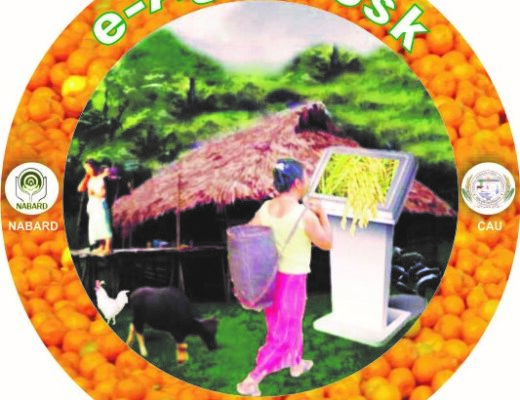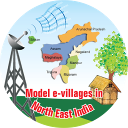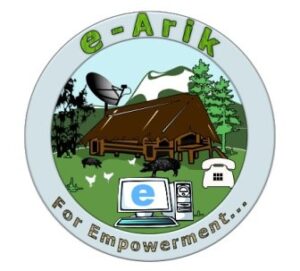 e-Arik (e-Agriculture) |
Role: Principal Investigator
|
||||
| About the e-Arik project:
Based on the farmers need assessment and ICT preference findings, the e-Arik-Village Knowledge Centre was established with computer, internet facility, printer, scanner, phone, TV, at Yagrung village of Arunachal Pradesh State of India. Project facilitators (Agricultural professionals, computer instructor and farmer facilitators) were appointed at the centre to assist the farmers to get access to the farm information the ICTs. All time farmers query resolution and expert consultation mechanism established through computer based internet and e-mail, web camera, information website, offline CDs, Digital library, TV, radio and face to face personal communication methods. The e-Arik project employed variety of ICT tools such as; web portal, digital video, internet applications (e-mail, video conference etc.), multimedia CDs, mobile phones, digital cameras, TV and radio. The e-Arik research project staff regularly undertook field visits to facilitate sustainable agricultural practices, observe crop condition, diagnosis the pest, diseases, and nutrient deficiency, physiological problems, and then field crop condition digitally documented. To solve complex crop pest, diseases, nutrient deficiency and physiological problems digitally documented and communicated to the experts at the e-Arik research laboratory at the Central Agricultural University. Problems were analyzed the experts and recommendations were passed on to the e-Arik village knowledge centre e-mail and than to the concerned farmers phone/ personal face-face communication the farmer facilitators. Further, farm scientists undertook need based field visits and provided expert advice to the farmers. Project portal provides information on crop cultivation aspects, agriculture and rural developmental departments (Information on objectives, mandate, thrust areas, administrative & technical personnel details, their area of expertise and contact details of the departments of Agriculture, Horticulture, Fisheries, Animal Husbandry & Veterinary, Dairy, District Rural Developmental Agency) and their schemes, day to day market information and weather condition. Innovative approaches such as; farmer to farmer communication, local leadership and self-help group approaches were employed for the agricultural information dissemination.
|
|||||
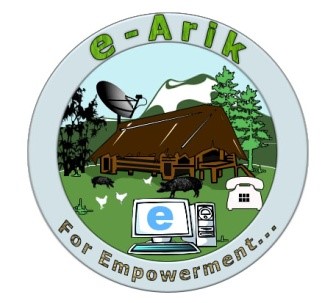
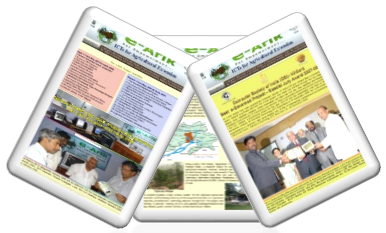
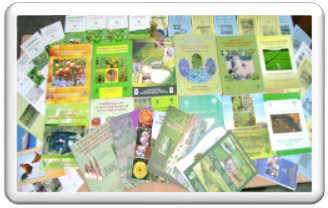
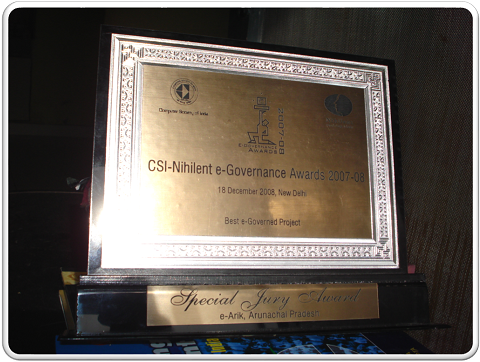 Awards
Awards Media
Media
